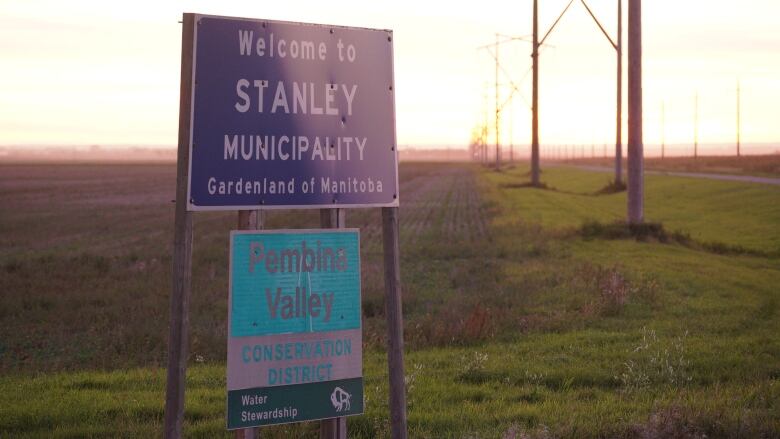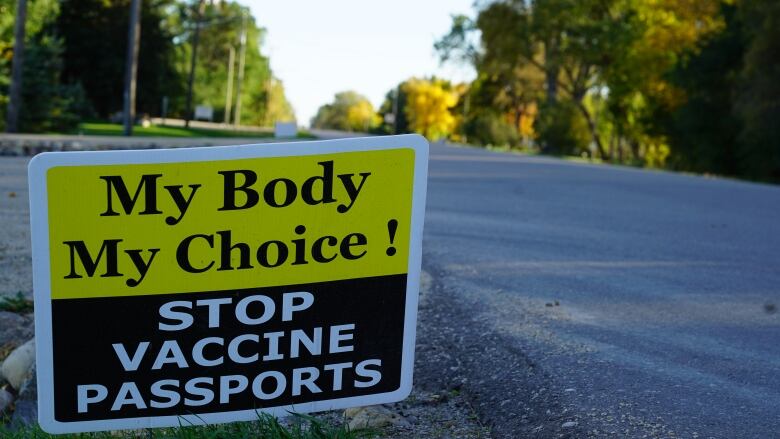As regional COVID-19 rates diverge, Manitoba ponders pros and cons of targeted restrictions
With Southern Health's infection rate now 5.6 times higher than Winnipeg's, some action is expected

After about a month where the COVID-19 infection rate effectively flatlined in Manitoba, the disease is now spreading quickly enough to prompt some sort of response from public health.
Over the past week, the seven-day average daily COVID-19 case count in this provincerose by roughly one-third. As of Wednesday, the running average was 84 cases per day on a provincewide basis, up from 63 a week before.
The problemis, this rise is not taking place at the same rate in different regions of the province.
During most of the month of September, the overall lack of growthwas masked by regional variations that included a modest drop in the infection rate for most parts of the province, while COVID-19 cases started taking off in the Southern Health region.
And over the past week, the spread of the diseasein Manitoba's five health regions has diverged to the point where the COVID-19 infection rate in Southern Health is 2.7 times the provincial average and 5.6 times the growth rate in the Winnipeg health region.
This should not be asurprise. Southern Health has the lowest COVID-19 vaccine uptake among Manitoba'sregions and is also home to some of the most vocal opposition to pandemic mitigation measures, including vaccination requirements to enter some businesses and public places.
4th wave 'piggy-backed on low vaccination': mayor
Ten monthsinto the provincial vaccination effort, it is no longer reasonable to expect vaccination rates to suddenly rise in low-uptake health districts such as Stanley and Winkler.
Thousands ofresidents of the regionsimply did not get their shots in time to protect themselves against the delta variant of the coronavirus.
"The fourth wave has piggy-backed on low vaccination rates, which have resulted from disinformation, hearsay, sometimes a simple dislike of authority, and vacuous agitators," said Brandon Burley, the mayor of Morden, a Southern Health community with a relatively high vaccination rate.
Now, it is up to public health officials and politicians in Winnipeg to decide the next course of action.
That won't be easy, as the widespread application of new pandemic restrictions would be met with anger in Winnipeg, a highly vaccinated, low-infection area that also happens to be home to most of Manitoba's population.
The alternative would be a regional application of restrictions. But that would be easier to announce than execute.
"It is a tool that should be considered judiciously, as it is fraught with challenges and unintended consequences," said social epidemiologist Souradet Shaw, a community health sciences professor at the University of Manitoba.
"But the data do suggest a disproportionate burden of cases stemming from certain regions, with the increases in case numbers starting to threaten things that all of us value, like keeping schools open safely, and receiving health care in a timely manner."

The challenges include variations within a vast area like Southern Health.
Does highly vaccinatedMordendeserve the same restrictions as neighbouringlow-vax Winkler? Does a low-density district like Hanover deserve the same regimen as Steinbach, the urban area it encircles?
Shaw says public health also must ensure new restrictions target activities that result in COVID-19 transmission and provide the public with data to back up that decision.
"If it goes down this road, the province needs to clearly articulate why, how long it expects to do so, the metrics they are choosing to base their decision-making, and to be frank and open about what things need to look like to come out of it," he said.
Mixed results in past
Prior to widespread vaccinations, the application of regional restrictions in Manitoba had mixed results.
Mandatory masks in the Prairie Mountain Health region seemed to quell a spike of western Manitoba cases in August 2020. But the regional application of retail closures to Northern Health early in this year simply led residents to drive down Highway 6 to shop in Winnipeg.
Martin Harder, the mayor of Winkler, said a return to regional restrictionswould be "an idiot move" by public health.
"Regional shutdowns didn't work when Winnipeg was in the red zoneand Southern Health had no cases. So why now?" he asked. "I am disgusted at the thought."
He would not be the only person opposed to such a plan. New restrictions imposed on Southern Health would almost certainly inspire more civil disobedience.
Shaw and Burley said the province must commit more resources to enforcement if it chooses to tighten the rules in specific areas.
"Public Health has a duty to protect allManitobans a duty I would expect them to carry outeven if it comes at the expense of the many in our region who don't want to be along for this unfortunate ride," Burley said.
TheMorden mayor said he originally advocated for a regional approach to restrictions when Southern Health had few COVID cases. But a lot has changedover the past year.
"The idea is now far less pleasant, because we've made a rather lumpy bed in which to lie," he said.
"Some days it feels as [if] our region is repeatedly punching itself in the face, while being surprised at getting a bloody nose."
Unfortunately, what happens in Southern Health does not stay in Southern Health, at least where viruses are concerned.












_(720p).jpg)


 OFFICIAL HD MUSIC VIDEO.jpg)
.jpg)



























































































